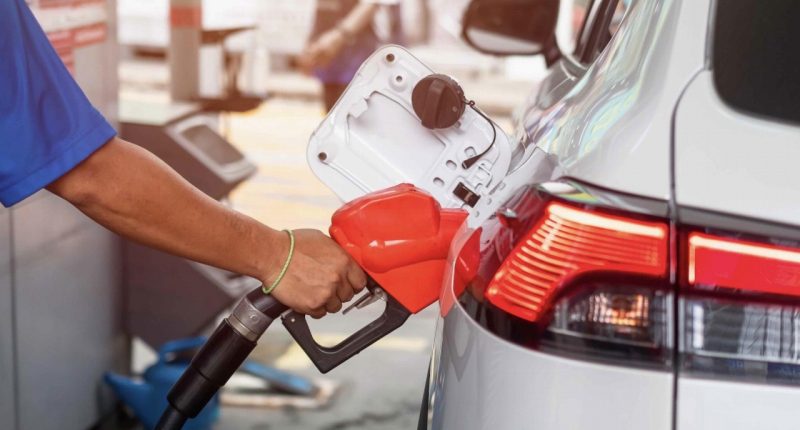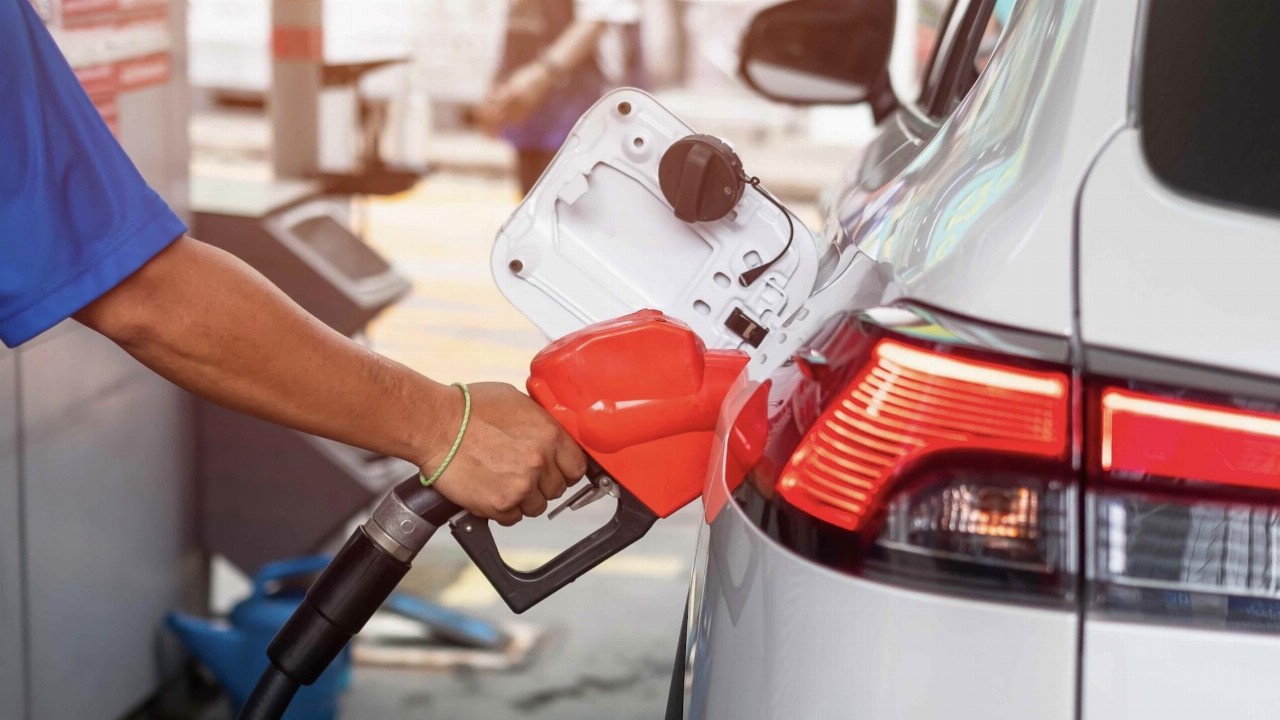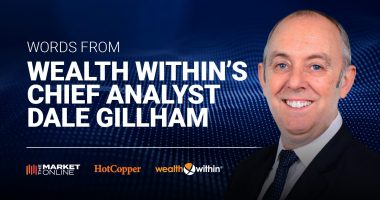The Australian Bureau of Statistics has released the nation’s quarterly consumer price index (CPI) inflation data for September, revealing an increase of 1.2 per cent to 5.4 per cent annually.
UBS analysts got it right when they predicted a quarter-on-quarter (QoQ) rise of 1.2 per cent; Westpac Senior Economist Justin Smirk called a QoQ rise of 1.1 per cent.
In September’s read of August CPI data, housing was shown to be the key sector driving up inflation year on year (YoY), with energy prices not far behind.
RBA implications
Today’s data may not be enough to move the needle on the RBA’s possible decision to lob one more rate hike at Australians before year-end.
Michele Bullock delivered a speech overnight which was largely what you’d expect, though, she did make a point of saying the RBA will hike rates if inflation data requires it.
City Index Senior Market Analyst Matt Simpson – who in his time on The Market Herald’s media contact list has been nothing but bullish for hikes being over – has changed his tone.
He now sees a 0.25pts cash rate hike in November.
“These numbers are simply pointing the wrong way,” he said.
“And that means the RBA’s November meeting is likely to be live, and the cash rate to be hiked to 4.35 per cent. And I suspect it will be a hawkish hike.”
Fuel prices biggest Q3 CY23 driver
ABS Head of Price Statistics Michelle Marquardt sees prices still on the way up.
“While prices continued to rise for most goods and services, there were some offsetting falls this quarter including for child care, vegetables, and domestic holiday travel and accommodation,” she said.
While prices for some goods continue to come down – Woolworths (WOW) today reported that its produce and meat prices are finally starting to fall – services inflation remains sticky.
Housing shortages are pushing up both purchase and rent prices, while international oil benchmarks continue to pose upside risk.
That remains true. Automotive fuel was the biggest driver in the September quarter up 7.2 per cent, followed by rents, up 2.2 per cent.
“Automotive fuel rose 7.2 per cent after two-quarters of price falls. This is the largest quarterly rise in fuel prices since March 2022 and is mainly caused by higher global oil prices,” the ABS revealed today.
“Consumers in a bad place”: Westpac
“Consumers are at a pretty bad place in the moment,” Westpac Senior Economist Matthew Hassan said on Tuesday, pointing to the cost of living as the nation’s biggest drag on sentiment. Interest rates were also flagged.
“We haven’t really seen much of an improvement [in consumer sentiment] since the RBA stopped hiking rates.”
Mr Hassan noted that inflation impacts consumer mood disproportionately to the upside, with something of a falling feather effect.
When prices suddenly shoot up, consumer sentiment worsens immediately – but when it comes back down, sentiment is slower to recover.
Of course, we’re also seeing inflation falling very slowly compared to how quickly it came about, so perhaps the feather is falling as fast as it can.








